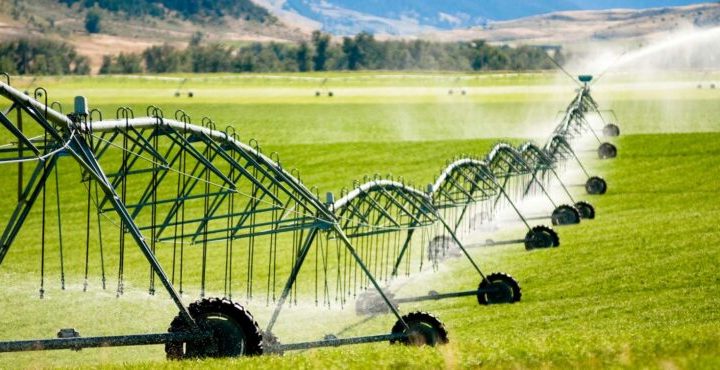
If you’re lucky enough to have a garden, you know exactly how important it is to maintain a watering schedule to keep it alive and looking beautiful. But when it comes to how you water your yard, things get a lot more complicated than simply walking around with a watering can or hosepipe.
The two most common ways to irrigate your garden are to use a sprinkler system or a drip irrigation system.
The best watering system for your garden will depend on several factors, including the size of your yard, the plants you grow, how much time and effort you want to spend, and how eco-friendly you want your setup to be.
Let’s take a look at these two irrigation systems and the pros and cons of each.
Drip Irrigation Systems
Drip irrigation systems, also known as micro-irrigation or trickle irrigation systems, consist of networks of pipes or tubes that run just above the ground. These pipes have small openings placed at intervals. The water drips out of these openings and slowly drenches the soil.
A drip irrigation system consists of an irrigation valve with a timer, pipes, and emitters.
Pros
A drip irrigation system is a good option if you want to water a small, concentrated area. The water that flows through the small openings in the pipes drips out slowly and is delivered directly to the soil. The way the water is delivered is more controlled, and the water seeps deep into the ground.
Drip irrigation is also a great way to avoid getting water on the leaves and flowers of your plants – which prevents fungal diseases and moisture-loving pests like mealybugs.
Drip irrigation systems are also more water-efficient than sprinkler systems because they only deliver water to where it’s needed.
Cons
Because drip irrigation systems are above ground, the piping is more exposed to the elements. This means that they can become damaged by the sun’s UV rays (unless they are UV-resistant).
You can also accidentally damage a drip irrigation system with a shovel or lawnmower, and rodents and other animals may be tempted to chew the exposed tubing.
Sprinkler Systems
Sprinkler systems, also known as overhead spray systems, consist of networks of underground pipes that carry pressurized water to sprinkler heads that are installed above ground.
The sprinkler heads have nozzles that break the stream of water up into small droplets, which are sprayed in a wide pattern.
Pros
Sprinkler systems are very effective at watering a large, level area – which makes them perfect for lawns or other large areas that need a substantial amount of water.
Cons
Sprinkler systems may not be ideal for your garden if the landscape is sloped and irregular or if you have a variety of different plants scattered across your yard.
Using a sprinkler system may underwater or overwater parts of your yard – plants that are close to the sprinkler head may become soggy and waterlogged, while other plants that are further away may not get enough water.
Sprinkler systems are also less water-efficient, and they are generally more expensive to set up because the landscape needs to be dug up so that the pipes can be installed underground.
The Bottom Line
When choosing an irrigation system that’s right for you, there are certain factors that you need to take into account.
Drip irrigation systems are more suited to smaller gardens than sprinkler systems because they deliver water to a more concentrated area, while sprinkler systems are good for large spaces and sprawling lawns.
Generally, if you are worried about water conservation, a sprinkler system is probably not the right option for you.
Leave a Reply